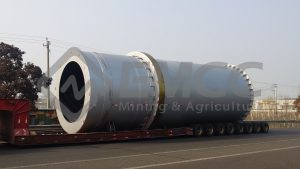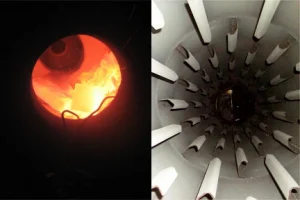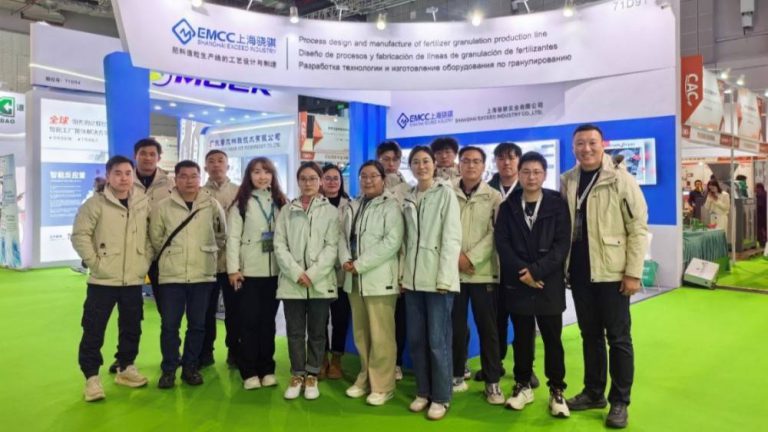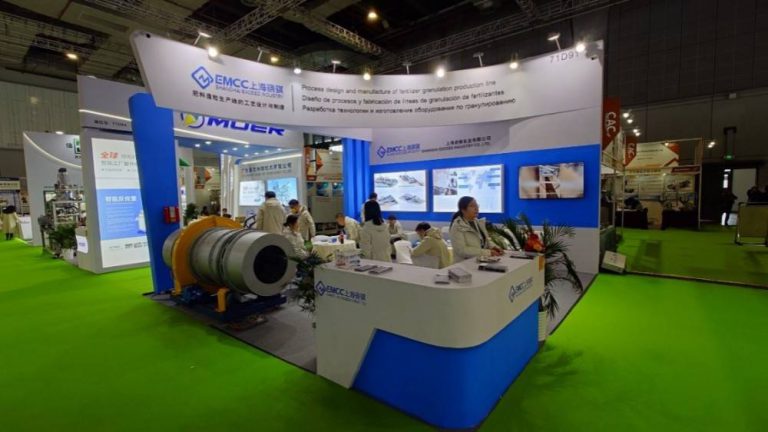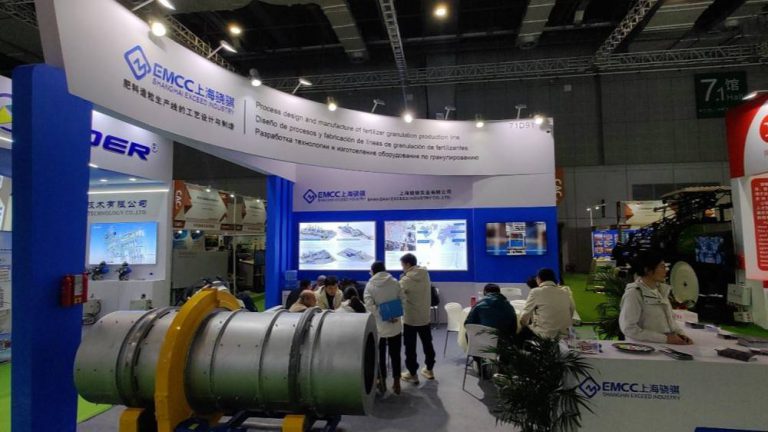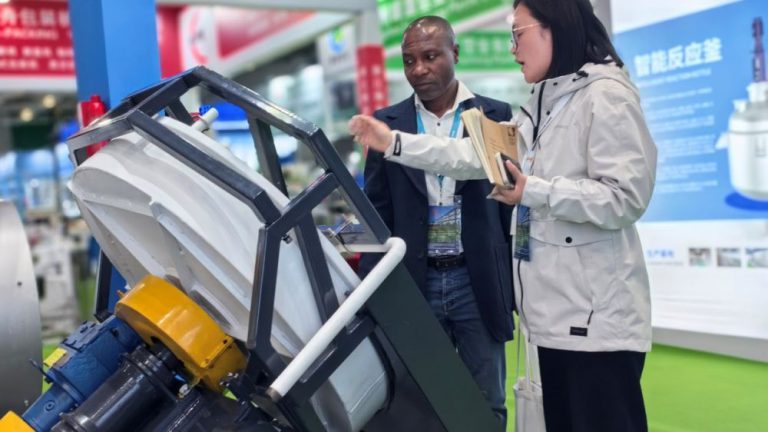ROTARY DRUM DRYER
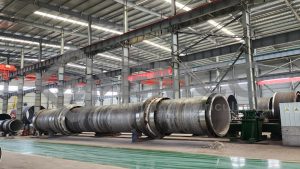
The rotary drum dryer is a commonly used industrial drying equipment, mainly composed of a slowly rotating cylinder, a heat source system and a transmission device. Its working principle is that the wet material enters the rotating cylinder through the feeding device, fully contacts with the hot air, and the moisture in the material evaporates through heat transfer, the moisture is discharged, and the dried material is discharged from the discharge port. The rotary drum dryer has the advantages of high efficiency and energy saving, strong adaptability, simple structure, and convenient operation and maintenance. It is widely used in chemical, mining, building materials, metallurgy, pharmaceutical and food industries for drying various powders, granules, and flaky materials, such as ores, coal powder, sand, drugs and grains.If you would like more information or have any special requests, please contact us now.
We not only provide reliable products, but more importantly we provide reliable process design and experimentation
What is the working principle of the rotary drum dryer?
The working principle of the drum dryer can be summarized as follows:
Material feeding: The wet material to be dried enters the rotating cylinder through the feeding device.
Heat source heating: Hot air or other heating media enters the cylinder through the heat source system (such as burner, steam, hot air furnace, etc.) and fully contacts the material.
Material movement: As the cylinder rotates, the material rolls, moves, and spreads in the cylinder, making it fully contact with the hot air. This rolling and flipping movement ensures the uniform drying of the material.
Water evaporation: The hot air evaporates the water in the material, and the moisture is taken out of the cylinder and discharged through the exhaust system (such as exhaust fan, dust collector, etc.).
Finished product discharge: The dried material gradually moves to the discharge end of the cylinder under the action of gravity and the rotation of the cylinder, and is finally discharged from the discharge port to complete the entire drying process.
During the entire working process of the drum dryer, the material is fully in contact with the hot air, the heat exchange efficiency is high, and the drying effect is good. Its working parameters (such as drum speed, feeding and discharging speed, heat source temperature, etc.) can be adjusted according to the characteristics of the material and drying requirements to achieve the best drying effect.
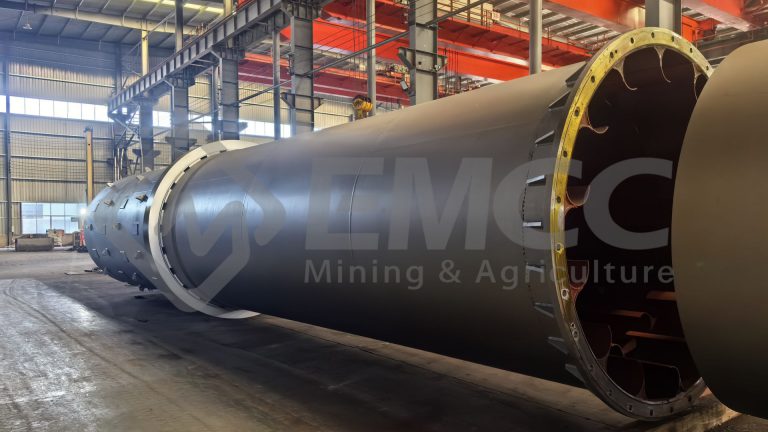
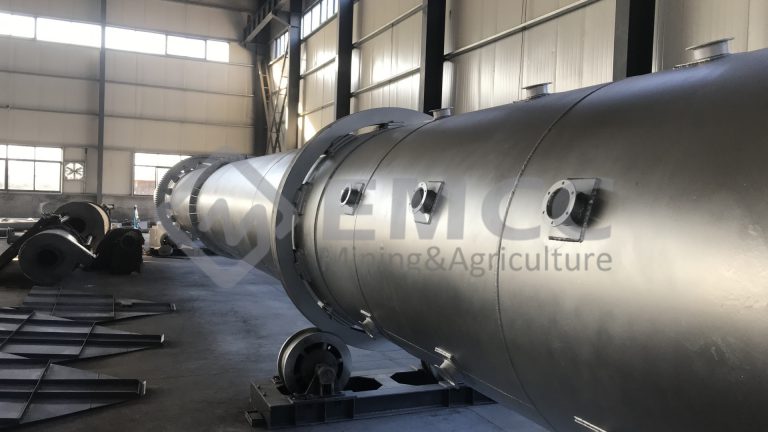
Why Drum Dryer Is Essential for High-Quality Fertilizer Production Lines?
Drum dryers are essential for high-quality fertilizer production for the following reasons:
Uniform drying: Drum dryers can evenly dry fertilizer pellets, prevent caking and mold, and ensure fertilizer quality and stability.
Nutrient retention: Proper drying temperature and time control can maximize the retention of nutrients and active ingredients in fertilizers, improving the effectiveness of fertilizers.
Improve pellet strength: The drying process helps to improve the mechanical strength of fertilizer pellets and reduce pulverization and losses during transportation and storage.
High efficiency and energy saving: Drum dryers have efficient heat exchange capabilities and can quickly process large amounts of materials, reducing energy consumption and production costs.
Strong adaptability: Drum dryers are suitable for a variety of fertilizer types (such as organic fertilizers, compound fertilizers, etc.), with high flexibility and the ability to adjust drying parameters according to different needs.
Environmental performance: Modern drum dryers are equipped with advanced exhaust and dust removal systems to reduce dust and exhaust emissions and meet environmental standards.
By ensuring the quality, nutrient content and pellet strength of fertilizers, drum dryers play a key role in high-quality fertilizer production, significantly improving the market competitiveness and user satisfaction of products.
We not only provide reliable products, but more importantly we provide reliable process design and experimentation
What are the main features of the drum dryer?
High efficiency and energy saving: The drum dryer can process a large amount of materials in a short time, with high drying efficiency and high thermal energy utilization rate.
Uniform drying: The material tumbles and moves continuously in the drum, fully contacts with the hot air, achieves uniform drying, and avoids local overheating or undrying.
Strong adaptability: It is suitable for a variety of material forms and properties, including powder, granules, flake materials, etc., and has a wide range of applications.
Simple structure: The equipment structure is relatively simple, easy to operate and maintain, reliable in operation, and has a low failure rate.
Strong adjustability: The drying effect can be flexibly controlled by adjusting parameters such as the drum speed, inclination angle, heat source temperature, and feeding and discharging speed to adapt to different production needs.
Small footprint: The design is compact and the footprint is relatively small, which is conducive to installation and use in limited space.
Good environmental performance: Equipped with an efficient exhaust and dust removal system to reduce dust and exhaust emissions, meet environmental protection standards, and protect the environment.
Strong continuous production capacity: It can continuously feed and discharge materials to achieve large-scale continuous production, which is suitable for industrial production needs.
Rotary Kilns vs. Rotary Dryers: What’s the Difference?
When it comes to thermal processing, confusion often arises in choosing between a rotary kiln and rotary dryer.
Although these two types of equipment share similar thermal processing principles, they are used in very different applications:
Rotary dryers are used for drawing moisture out of a material. As such, they typically operate at temperatures between 800º – 1400ºF.
In contrast, rotary kilns are used to cause a chemical reaction or phase change, requiring them to operate at much higher temperatures, typically between 1000º – 3000ºF. Some moisture reduction may occur during processing in a rotary kiln, but this is typically secondary to the primary goal. In other words, while rotary kilns can help to dry a product, their main objective is not in drying, but in heating the material up to the temperatures required to achieve the desired reaction.
As a result, rotary kilns must be designed to withstand much higher temperatures than rotary dryers. Direct-fired kilns, for example, are often refractory lined with a brick or castable lining, which protects the steel shell. Rotary dryers are not typically lined, as they are not operating at such high temperatures.
Indirect rotary kilns and dryers are not normally lined (this would create an additional barrier for heat to pass through), and instead of a steel drum shell, utilize a shell constructed from a temperature-resistant alloy to withstand the temperatures within.
The need for a rotary kiln or dryer depends on the process and material goals. If the goal is simply to dry the material, the rotary dryer is the equipment of choice. If trying to cause a thermally-driven chemical reaction, however, a rotary kiln is necessary.
For more information on rotary dryers, contact us today!
Rotary Dryers: Essential in the Fertilizer Industry
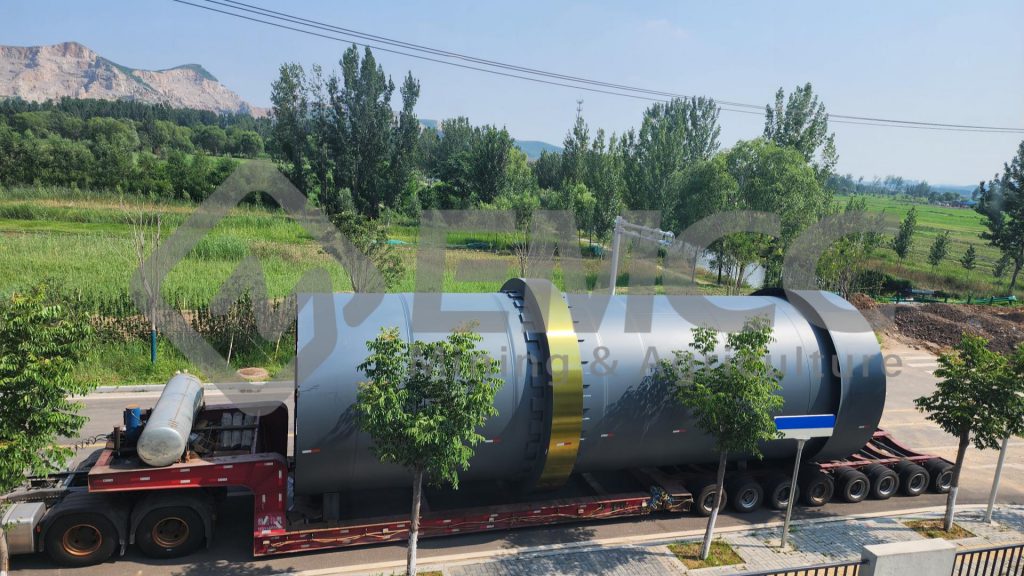 Rotary dryers have a long history in many industries, but perhaps none more than in the fertilizer industry, where they are an essential component in processing minerals for fertilizers at mine sites, and for producing many of the fertilizer products on the market today.
Rotary dryers have a long history in many industries, but perhaps none more than in the fertilizer industry, where they are an essential component in processing minerals for fertilizers at mine sites, and for producing many of the fertilizer products on the market today.
ROTARY DRYERS IN PROCESSING MINERALS FOR FERTILIZERS
Most fertilizers begin as mineral components which must be mined and processed in order to be used as a feedstock for fertilizer granulation. This typically involves some sort of beneficiation process, which differs depending on the mineral and the form that it’s in, but almost always involves a drying step.
WHY DRY MINERALS
It may seem counter intuitive to dry minerals only to add moisture back in during the granulation process, but drying serves two important purposes in this setting: feedstock preparation and reducing transportation costs.
Feedstock Preparation
In order for granulation to be effective, feedstock components must fall within a given moisture range, which varies depending on the process being used and the characteristics of the material.
This moisture range allows the feedstock to accept additional moisture in the form of a liquid binder, which serves to aid in granule formation and achieve the desired end product crush strength.
When product will be shipped to the processing plant, drying also helps to prevent caking during transport and storage.
Reduced Transportation Costs
In addition to preparing the feedstock for granulation, drying also reduces transportation costs, allowing more product to be shipped per unit as a result of the reduced moisture content.
Shipping any type of product that is moisture laden is inefficient, as the shipper is in part paying to transport water. Removing that water content makes shipping much more efficient and cost effective.
WHY ROTARY?
In the mineral processing setting, rotary dryers are used to reduce the moisture content of various minerals and ores, including:
- Potash
- Phosphate Rock
- Various Micronutrients
- And a variety of other materials used in the soil treatment industry, such as limestone and gypsum
The rotary dryer is the industrial drying system of choice in this setting for a few reasons:
HIGH THROUGHPUT
Rotary dryers can accommodate a very high throughput – up to 300 TPH in some cases. This is often an essential requirement at mineral processing sites where production capacity is often one of, if not the, top priorities.
TOLERANCE TO FEEDSTOCK VARIATION
Working with minerals often means that variation in aspects of the feedstock, such as particle size or moisture content, is all but guaranteed. Unlike some other dryer types, rotary dryers are largely insensitive to such variation and can continue to produce uniform results despite it.
ROTARY DRYERS IN THE FERTILIZER PRODUCTION PLANT
Rotary dryers are also essential in the production of granular fertilizers and are capable of processing everything from a single nutrient product such as ammonium sulfate, to a complex fertilizer integrating multiple nutrient sources.
WHY DRY FERTILIZERS
Drying within the fertilizer production process is important for a number of reasons….
Reduced Transportation Costs
Just as with transporting minerals and ores, reducing the moisture content of a fertilizer product reduces the shipping costs and makes shipping more efficient.
Reaching Target Moisture Content
While reaching a target moisture range or even an exact percentage is a requirement of many bulk solids drying operations, it is especially important when it comes to fertilizers. Target moisture can affect product handling and performance in a number of ways. This might include caking issues, product breaking down too quickly, and issues with uniformity in spreading and application.
WHY ROTARY
Rotary dryers are the preferred choice for drying fertilizer granules for several reasons.
HIGH CAPACITY
While variance to feedstock isn’t as much of a concern in processing fertilizer products as it is with processing minerals, not surprisingly, the high-capacity capabilities of the rotary dryer also play a role in its use in the fertilizer production setting as well.
A PREMIUM PRODUCT
Rotary dryers also offer one other key advantage when it comes to processing agglomerates: their ability to polish granules. The rotational tumbling motion that occurs within the rotary dryer actually works to polish granules, breaking off loose edges and reducing dust generation. This is especially true of granules created in the roll compaction process, which have rough, jagged edges that are prone to rubbing together and breaking down. Even with more spherical granules, polishing further rounds the particles, creating a premium product.
SIMPLE OPERATION & PROVEN TECHNOLOGY
In addition to the benefits already listed, rotary dryers are also an attractive option because of their simple operation and the already-prolific adaptation of rotary drum technology in fertilizer production.
Rotary drums are used throughout the production facility to perform various objectives, including granulation, coating, and cooling. This means operators are often already well versed in the technology.
Rotary dryers are frequently used in the production of:
- MAP, DAP, SSP, TSP and other phosphoric fertilizers
- Manures and other organic-based fertilizers
- Ammonium Sulfate
- Ammonium Nitrate
- NPK
- Sulfur
- Potash
- Specialty products
DRYER DESIGN
In the fertilizer industry, rotary dryers can range in size from 3’ – 15’ ( 1 – 4.6m) in diameter. The precise design of a rotary dryer is dependent on the unique characteristics of the material to be processed. This can result in a variety of different configurations and customizations. When drying potash, for example, a co-current air flow is utilized to avoid the discoloration that could occur in a counter-current configuration.
Some materials may demand that the inlet section of the dryer is coated or constructed with a corrosion-resistant material.
COMMON CUSTOMIZATIONS
There are a few customizations that are commonly seen with rotary dryers used in the fertilizer industry:
Trommel/Grizzly
Rotary dryers used in fertilizer production are sometimes fitted with a trommel screen or “grizzly,” as shown in the image below.
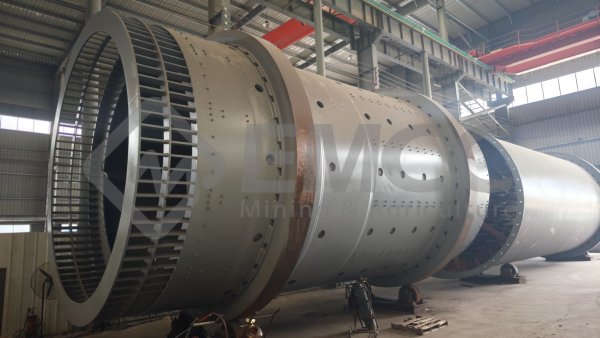
Granules can sometimes stick together, forming large clumps. This screen-like ring is affixed to the discharge end of the rotary dryer and helps to break up any lumps that may have formed so the particles exit the dryer on-size. Trommels can also be used as a means of screening material.
Combustion chamber
Combustion chambers are also frequently employed with dryers that will be processing fertilizer products. Some materials can degrade if exposed to a direct flame. Combustion chambers allow the flame to be kept separate from the material being dried to avoid degradation. The combustion chamber can also serve to reduce fuel consumption of the dryer by promoting a more complete combustion of the fuel.
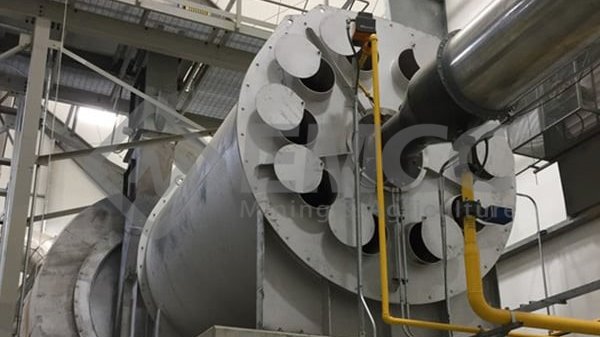
Combustion chamber on a manure dryer
Flights
Flights, or the material lifters used to pick up and drop material through the stream of hot air to maximize heat transfer efficiency, are a standard feature on rotary dryers. However, the design of the flight and the pattern in which they are affixed to the interior of the drum can be very customizable to suit the needs of the exact material characteristics.
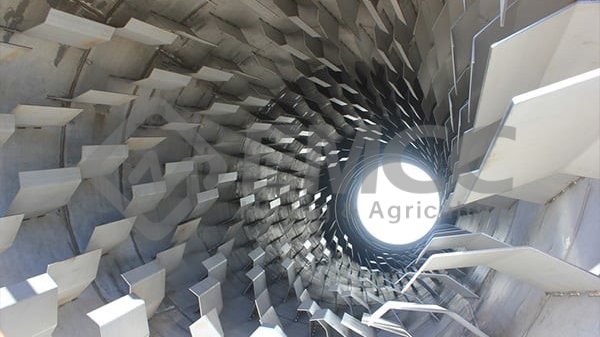
CONCLUSION
Rotary dryers are a cornerstone of fertilizer production, be it in producing the actual granules, or preparing the mined ore for use as a granulation feedstock. These robust industrial drying systems are preferred for their high throughput, tolerance to variation in feedstock, ease of operation, and their ability to polish granules. They are also incredibly customizable, allowing dryers to be designed for optimal performance in working with the material’s unique characteristics.
EMCC is a leader in custom rotary dryers and has been providing the industry’s best dryers and dryer services for over 10 years. We also offer a unique batch and pilot testing facility – the Innovation Center – where we test drying and granulation of a wide range of mineral and fertilizer products. To learn more about our custom fertilizer dryers or feasibility testing, contact us today!
We not only provide reliable products, but more importantly we provide reliable process design and experimentation
Corrosion Control in Rotary Dryers
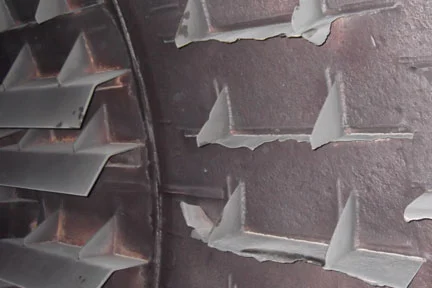 Corrosion is a common problem with rotary dryers that can not only cause expensive equipment damage, but also reduce process efficiency and extend unnecessary downtime. Corrosion is particularly problematic for dryers that were not designed with corrosion in mind. Fortunately, there are several ways to prevent corrosion in your equipment.
Corrosion is a common problem with rotary dryers that can not only cause expensive equipment damage, but also reduce process efficiency and extend unnecessary downtime. Corrosion is particularly problematic for dryers that were not designed with corrosion in mind. Fortunately, there are several ways to prevent corrosion in your equipment.
Preventing Corrosion in Rotary Dryers
There are several types of corrosion, each caused by a different type of reaction: physical, chemical, and electrochemical. Perhaps the most common example of corrosion is rust, where iron reacts with oxygen in the air to form iron oxide. While the causes and forms of corrosion vary widely, one thing is certain: corrosion is undesirable and steps must be taken to prevent and treat it in rotary dryers.
Research by the World Corrosion Organization indicates that the common cost of corrosion is approximately $2.2 trillion per year, 25% of which can be eliminated through preventive care. Industrial drying professionals can use the following techniques to combat corrosion in metal equipment, including rotary dryers.
Using Corrosion-Resistant Materials in Rotary Dryer Manufacturing
Some metals are more corrosion-resistant than others. This corrosion resistance is often due to the basic makeup of the metal itself. Therefore, when purchasing industrial drying equipment, it is important that the supplier understands the correlation between the material to be processed and the metal used to manufacture the dryer. For this reason, EMCC often uses stainless steel and alloys when manufacturing rotary dryers that will process corrosive materials because of their corrosion-resistant properties.
Use Protective Coatings
Protective coatings, such as specially developed paints and other organic coatings, can be applied to the rotary dryer itself to protect the metal from corrosion. Protective coatings include epoxy ester coatings, polyurethane coatings, acrylic and epoxy polymer coatings, and latex coatings that promote oxidation.
Regularly Monitor Dryer Condition
These measures should be implemented in conjunction with careful monitoring and regular rotary dryer maintenance recommended by the original equipment manufacturer (OEM).
Surface monitoring is particularly important to prevent metal deterioration due to corrosion. Crevices, cracks, and rough surfaces all increase the potential for corrosion. Corrosive materials should not accumulate or cake in the rotary dryer or any crevices. This is particularly important in seasonal operating conditions where material may remain for long periods of time, increasing the potential for corrosion. Careful monitoring and elimination of these surface weaknesses can extend the life of the rotary dryer and help prevent corrosion. It is also important to avoid corrosive agents in the maintenance and cleaning of your rotary dryer.
Conclusion
While corrosion is a troubling issue for any industrial drying operation, awareness is key. Selecting a rotary dryer manufacturer that takes into account the corrosive nature of the material being dried is essential to achieving process efficiency and extending the life of your equipment.
EMCC has been in the thermal processing industry for over 10 years, providing customers around the world with durable rotary dryers, no matter what they process. Our trained service technicians are well versed in inspecting and addressing corrosion issues. To learn more about protecting your rotary dryer from corrosion, contact us today!
WHY CHOOSE EMCC AS YOUR PARTNER?
Shanghai Exceed Industry Co., Ltd (China EMCC) is a manufacturing enterprise specializing in high-tech fertilizer machinery. For many years, we have devoted to producing inorganic and organic fertilizers granulator equipments. By consistently creating values for our customers around the world, we have become one of the leading suppliers in global agricultural fertilizers industry. With China EMCC, you may get comprehensive services of consulting, design, equipment, installation, training, emergency assistance, field assistance, spare parts and routine maintenance to save fertilizer plants cost.

